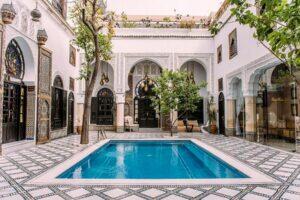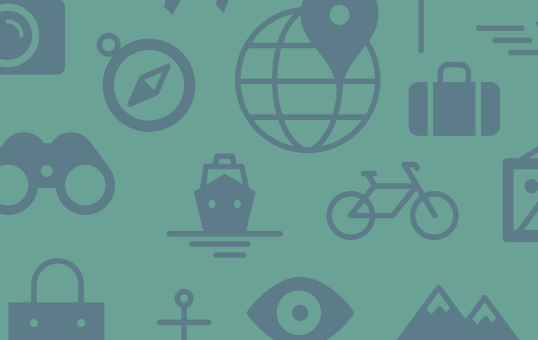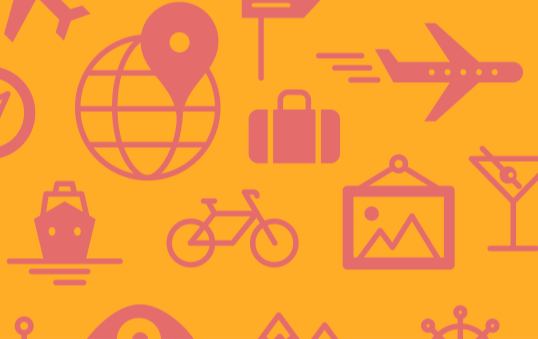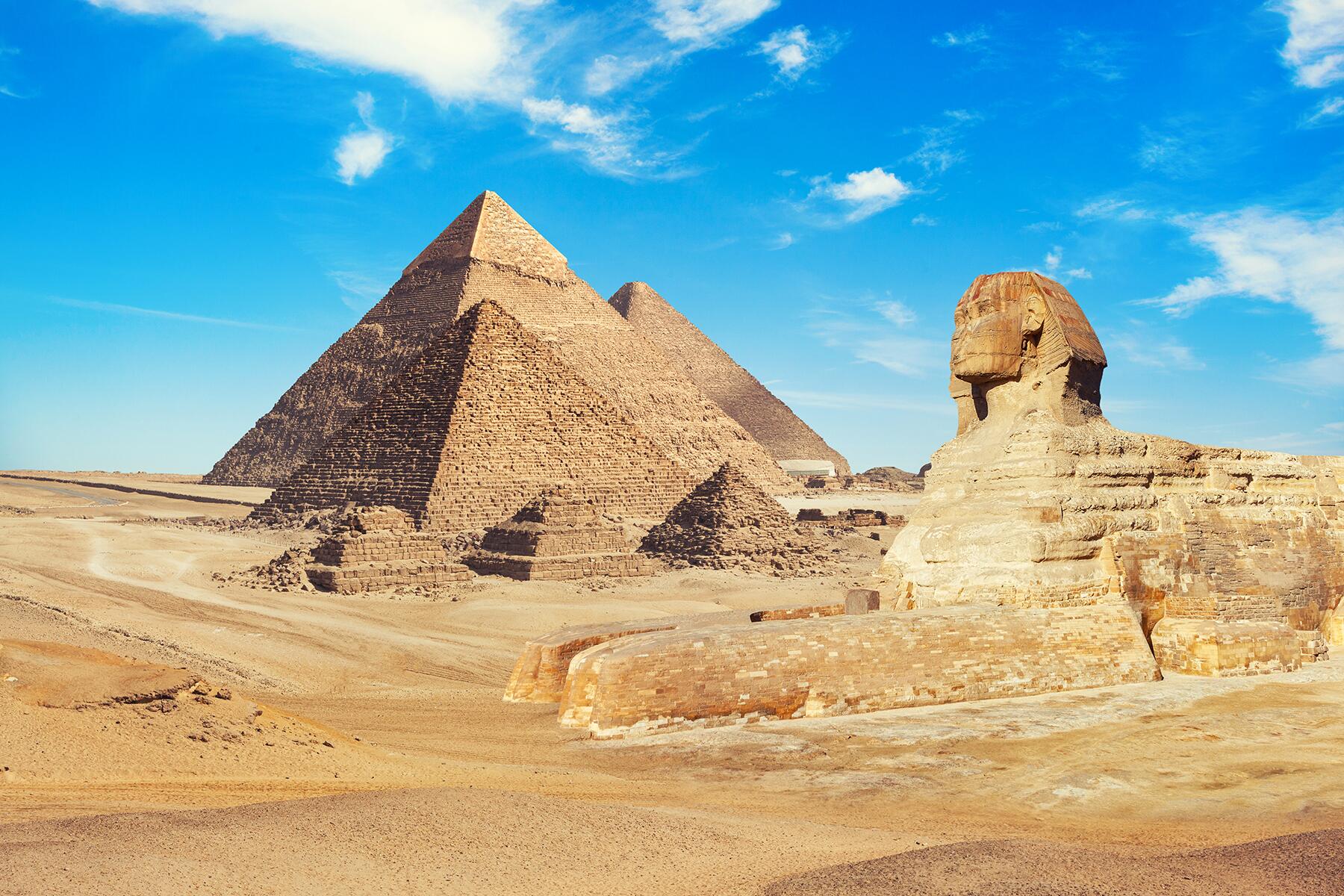Sharm el-Sheikh and Red Sea Coast
Sharm el-Sheikh and Red Sea Coast
For centuries, European traders and Arab merchants had to sail around the Cape of Good Hope to travel east to Asia from Europe and the Mediterranean. However, 2,000 years earlier, ancient Egyptians had that problem licked. The records of the Greek historian Herodotus speak of a canal begun around 600 bc that connected the Nile to the Gulf of Suez.
The canal was used during the time of Alexander the Great, left to ruin, then reopened during the Arab domination that began around ad 645. The canal was the primary route between the Nile Valley and the Arab world's trading center in Mecca, on the west coast of Saudi Arabia. Then the ancient canal was abandoned, and traders returned to the desert, risking their goods and their camels. Aside from the accounts of historians, all traces of...
Read MoreFor centuries, European traders and Arab merchants had to sail around the Cape of Good Hope to travel east to Asia from Europe and the Mediterranean. However, 2,000 years earlier, ancient Egyptians had that problem licked. The records of the Greek historian Herodotus speak of a canal begun around 600 bc that connected the Nile to the Gulf of Suez.
The canal was used during the time of Alexander the Great, left to ruin, then reopened during the Arab domination that began around ad 645. The canal was the primary route between the Nile Valley and the Arab world's trading center in Mecca, on the west coast of Saudi Arabia. Then the ancient canal was abandoned, and traders returned to the desert, risking their goods and their camels. Aside from the accounts of historians, all traces of that canal have vanished. The Suez Canal—an effort of thousands of Egyptian men who manually shoveled tons of sand between 1859 and 1869 to create a 110-km (66-mile) trench through the desert—follows a different course.
Since the dawn of human culture in Africa and the Middle East, the Sinai and Red Sea region has been an important crossroads—then a land bridge, now a sea bridge—connecting East and West, North and South. Enormous container ships and fancy ocean liners line up to pass through the Suez Canal. Canal towns such as Ismailiya and Bur Sa‘id (Port Said) make interesting day trips from Cairo, if you have the time. But the novelty of passing ships can wear off rather quickly, leaving little else to do.
Not so the Sinai Peninsula and the Red Sea Coast, where relaxing on the beach, trekking through the desert, and diving amidst a wealth of marine life are probably the opposite of what you'd expect from a trip to Egypt. The desert itself, inland Sinai, has changed little since the times when Bedouins moved from one watering hole to the next. It remains awe inspiring, especially if you get up for sunrise and catch the mountains changing from purple to red, then orange to yellow. The Red Sea continues to be an underwater haven, a living aquarium, in spite of the impact that a rush of divers has had on the reefs. Since the mid-1990s this coastline has undergone a multimillion-dollar makeover and has been transformed into the so-called Red Sea Riviera and marketed successfully to vacationers across northern Europe and the newly emerging countries of the old Soviet bloc. If you want resort amenities and the option of escaping to virgin desert spotted with shady acacia trees and lazy camels, this is the place for you. If you want to see ancient monasteries and biblical sites, or follow Moses' path from Egypt to Jordan, you can do that here, too.
Although Egypt is conservative when it comes to everyday attire, guests in the resort areas of the Sinai and the Red Sea often walk around in shorts and tank tops. Some people choose to dress up for dinner, although it is not mandatory. If you plan to visit any of the monasteries, dress modestly. The Suez is not a resort area, so don't walk around in shorts, women especially; long, loose clothing is a better idea. If you are driving around the area, and definitely if you are taking buses, wear long pants and short sleeves (nothing sleeveless).
Remember that you will be in a desert, and prices will necessarily be higher than elsewhere in the country because so many things have to be imported. If you plan to shop, plan to haggle. Always carry identification as you may be stopped for security checks, and if you visit a Bedouin village, take along some candy, pens, or notebooks to give to Bedouin children.
If you are a woman traveling alone or in a group of women, be alert and street smart. You are likely to be heckled—just ignore it—or hit on in the coastal resorts.
Recommended Fodor’s Video
Hotels
Things to Do
Things to Do
Explore Things to Do
Find the perfect tours and activities in Sharm el-Sheikh and Red Sea Coast.
Where to Eat
Where to Eat
Need to Know
Need to Know
Language
Modern Standard ArabicNearby Airports
SSHElectrical Outlets
220v/50 cycles; electrical plugs have two round prongsCurrency
Egyptian poundLanguage
Modern Standard ArabicElectrical Outlets
220v/50 cycles; electrical plugs have two round prongsCurrency
Egyptian poundNearby Airports
SSHWhen to Go
April through October are the hot months, when temperatures climb as high as 113°F. It's a great time to come for diving, because the visibility...Read More
Neighborhood Guides
Discover the best neighborhoods in Sharm el-Sheikh and Red Sea Coast with curated recommendations from our editors.
essentials
transportation
resources
When to Go
April through October are the hot months, when temperatures climb as high as 113°F. It's a great time to come for diving, because the visibility...Read More
Neighborhood Guides
Discover the best neighborhoods in Sharm el-Sheikh and Red Sea Coast with curated recommendations from our editors.
When to Go
April through October are the hot months, when temperatures climb as high as 113°F. It's a great time to come for diving, because the visibility...Read More
Neighborhood Guides
Discover the best neighborhoods in Sharm el-Sheikh and Red Sea Coast with curated recommendations from our editors.
essentials
transportation
resources
Articles
Articles See All
Guidebooks
Guidebooks
Our worldwide travel correspondents bring you the best and most up-to-date coverage of over 7,500 global destinations.
Shop NowFodor's Essential Egypt
Whether you want to cruise the Nile, explore the Valley of the Kings in Luxor, or see the...















